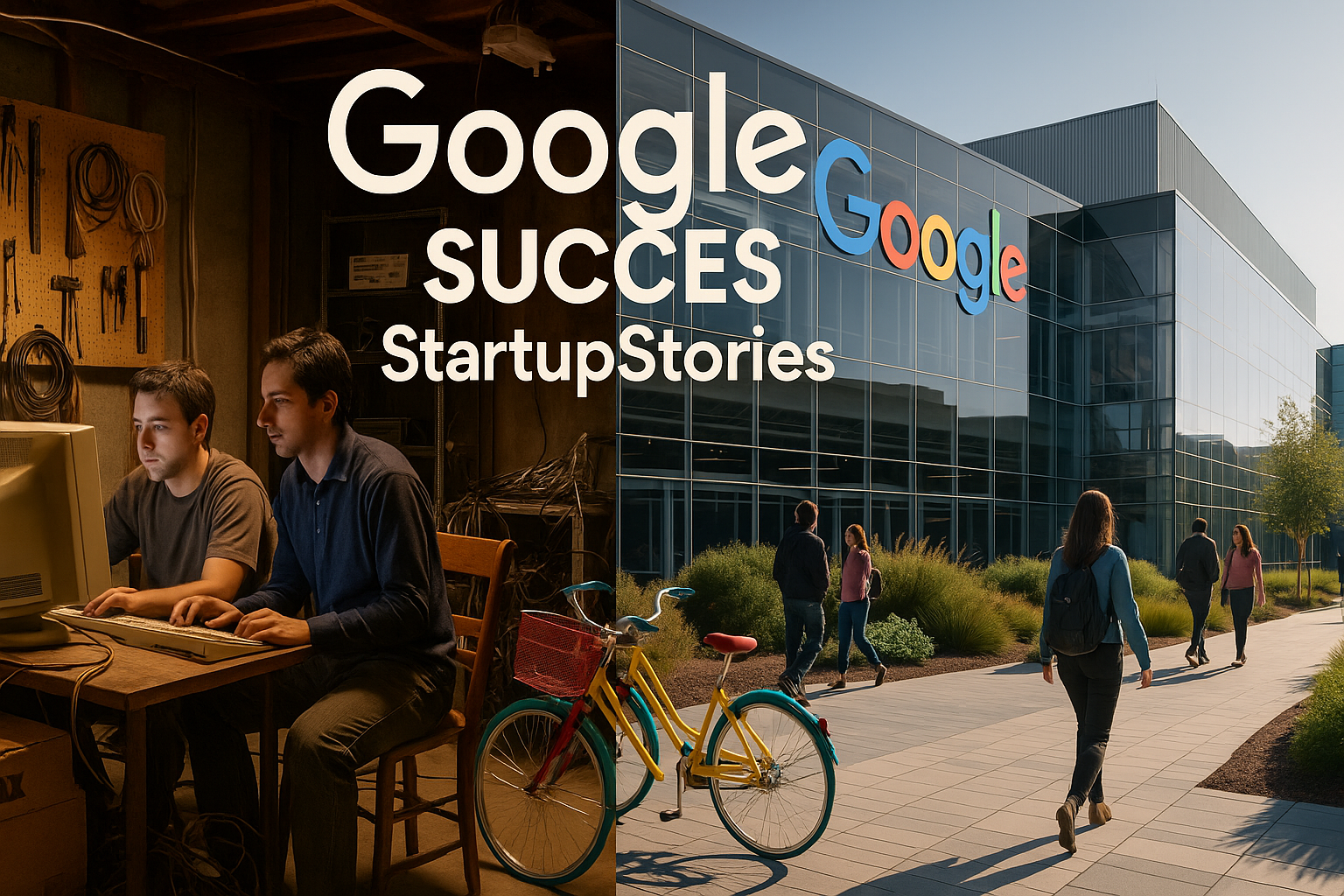In the ever-changing digital landscape, few companies have made an impact as profound as Google. What began as a small project by two Stanford Ph.D. students is now a global powerhouse influencing how we search, work, and connect online. This is the story of Google's rise—an inspiring journey of innovation, resilience, and vision.
The Humble Beginning
In 1998, Larry Page and Sergey Brin launched Google from a garage in Menlo Park, California. Their mission was bold yet simple: to organize the world’s information and make it universally accessible and useful. This vision laid the foundation for a revolution in how humans interact with the internet.
The Breakthrough with PageRank
Google's game-changing innovation came in the form of PageRank—a powerful algorithm that ranked web pages based on link quality and relevance. This method delivered more accurate search results than competitors, quickly making Google the preferred search engine for users around the globe.
Early Funding and Incorporation
The turning point came when Andy Bechtolsheim, co-founder of Sun Microsystems, invested $100,000 in Google even before it officially opened a bank account. With this funding, Google Inc. was born. The team moved into its first office, hired engineers, and began scaling its infrastructure.
Rapid Growth and the Googleplex
By 1999, Google had outgrown its startup roots. The company moved into its iconic headquarters, the Googleplex, and expanded its offerings to include services like Google Images and Google News. The focus remained on innovation and enhancing user experience.
Surviving the Dot-Com Crash
While many tech startups collapsed during the dot-com bust in the early 2000s, Google thrived. Its advertising model—centered around AdWords, a pay-per-click system—provided steady revenue and proved critical to the company's sustainability and long-term growth.
Going Public and Global
On August 19, 2004, Google went public under the ticker symbol GOOG. The IPO raised over $1.6 billion, cementing Google’s position as a major tech player. With a soaring market cap, the company had the resources to expand aggressively into new areas.
Strategic Acquisitions
Google’s growth strategy involved acquiring key companies. In 2005, it bought Android Inc., setting the stage for mobile dominance. The 2006 acquisition of YouTube expanded its reach into video, while DoubleClick (2007) strengthened its grip on digital advertising.
Innovation in Products and Services
Google launched groundbreaking tools like Gmail, Google Maps, and Google Docs. These services became integral to personal productivity and transformed digital collaboration. With Google Drive and Cloud, the company entered enterprise computing, challenging industry giants.
The Culture of Innovation
Google's internal culture encouraged innovation through its 20% project policy, allowing employees to spend time on personal ideas. Many notable products—including Gmail and Google News—originated from this initiative. The company fostered a culture of risk-taking and collaboration, fueling continuous breakthroughs.
Advertising Leadership
AdWords and later AdSense revolutionized online advertising by offering targeted and scalable ad solutions. Google's ad platforms became the backbone of its revenue, enabling free access to its consumer services while supporting a vast ecosystem of advertisers and publishers.
Becoming a Household Name
The phrase 'Google it' entered everyday vocabulary, symbolizing the company's dominance in online search. Google became more than a brand—it became an essential tool, embedded in the lives of billions of users across the world.
Corporate Responsibility and Ethics
Google promoted the philosophy 'Don’t be evil,' emphasizing user trust, data transparency, and ethical decision-making. Though this mantra has evolved, the company continues to position itself as a responsible steward of technology with a user-first mindset.
Alphabet Inc. and Restructuring
In 2015, Google restructured itself under a parent company, Alphabet Inc., to streamline its operations and give its subsidiaries more independence. Larry Page became Alphabet’s CEO, while Sundar Pichai took over as Google’s CEO, guiding the company into its next chapter.
Controversies and Challenges
Despite its success, Google has faced antitrust lawsuits, privacy criticisms, and internal disputes. Issues like data collection practices, employee protests over military contracts, and scrutiny from global regulators have tested its leadership and principles.
Wrapping Up
Google’s evolution from a humble garage project to a trillion-dollar tech empire is a testament to vision, innovation, and strategic execution. Through its tools, platforms, and culture of innovation, Google has fundamentally shaped the modern digital era. As it continues to push boundaries, the Google story serves as an enduring inspiration for entrepreneurs and innovators worldwide.
Frequently Asked Questions (FAQs)
Q1. Who founded Google and when?
Google was founded by Larry Page and Sergey Brin in September 1998 while they were Ph.D. students at Stanford University.
Q2. What is PageRank and why was it important?
PageRank is Google's original search algorithm that ranked web pages based on the quality and number of inbound links. It was key to Google's early success.
Q3. How did Google make money in its early days?
Google introduced AdWords, a pay-per-click advertising platform, which quickly became its primary revenue source and helped the company grow sustainably.
Q4. What are some major acquisitions by Google?
Key acquisitions include Android (2005), YouTube (2006), and DoubleClick (2007), which expanded Google’s footprint in mobile, video, and advertising.
Q5. Why did Google become Alphabet Inc.?
The restructuring in 2015 created Alphabet Inc. as a holding company to better manage its diverse businesses and allow innovation-focused subsidiaries more autonomy.
